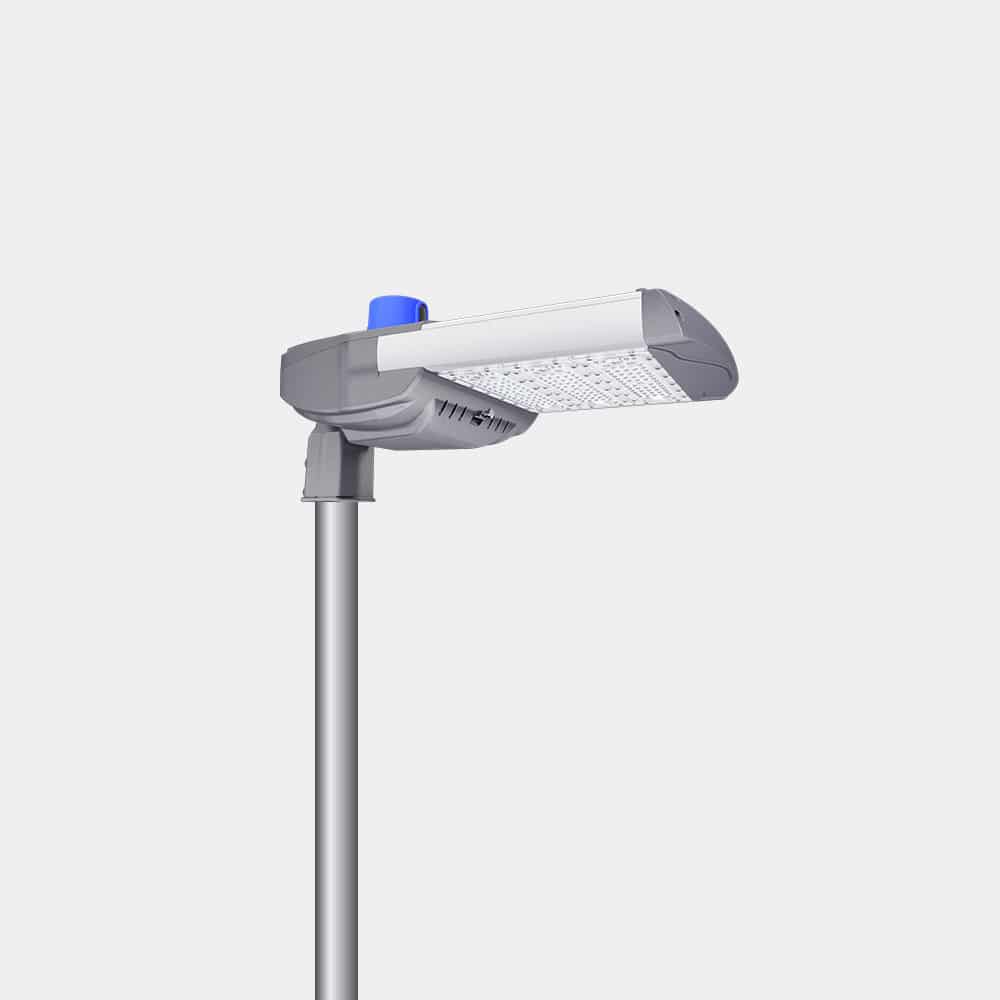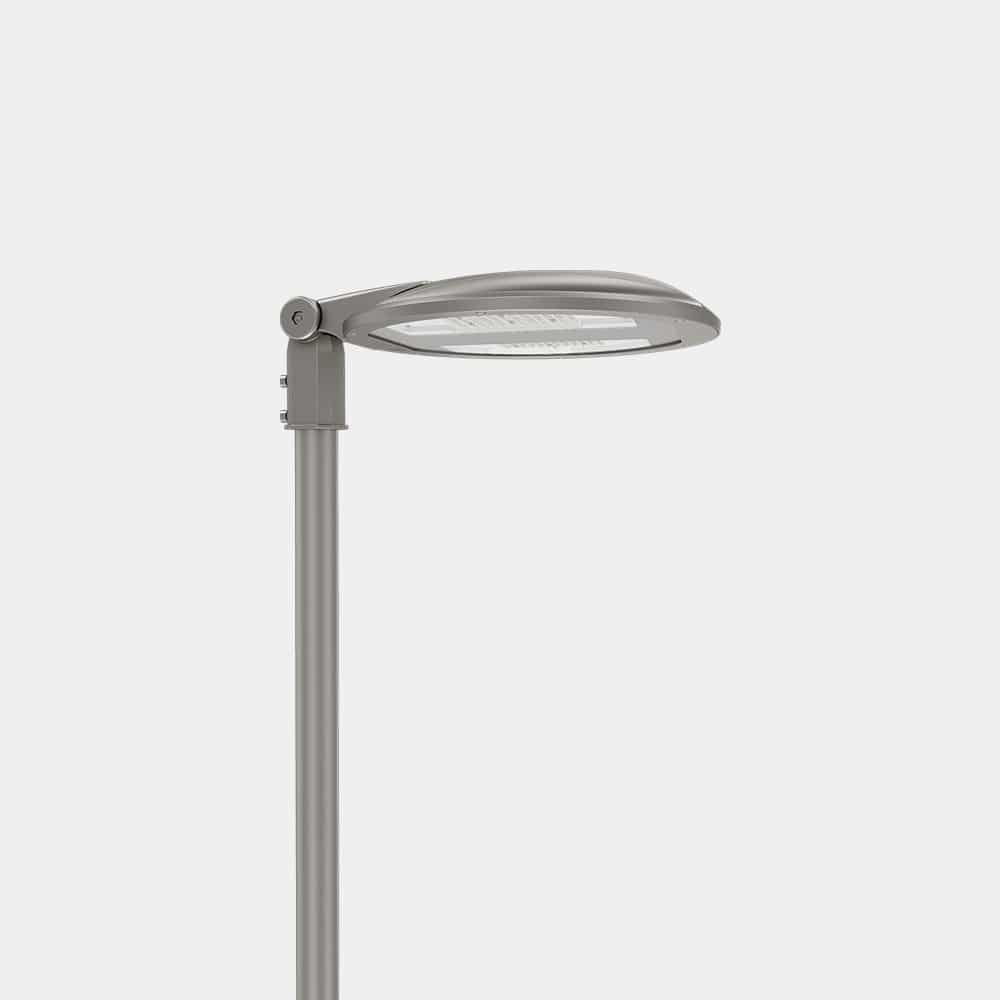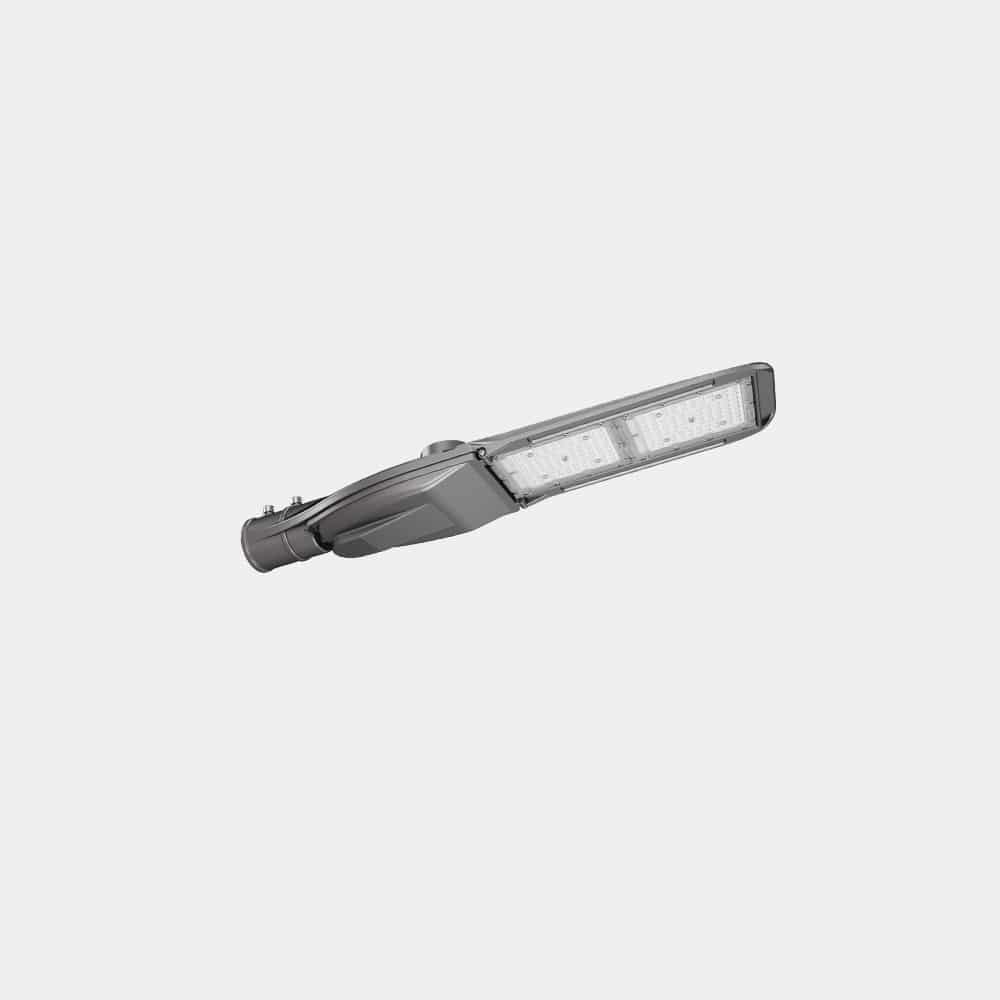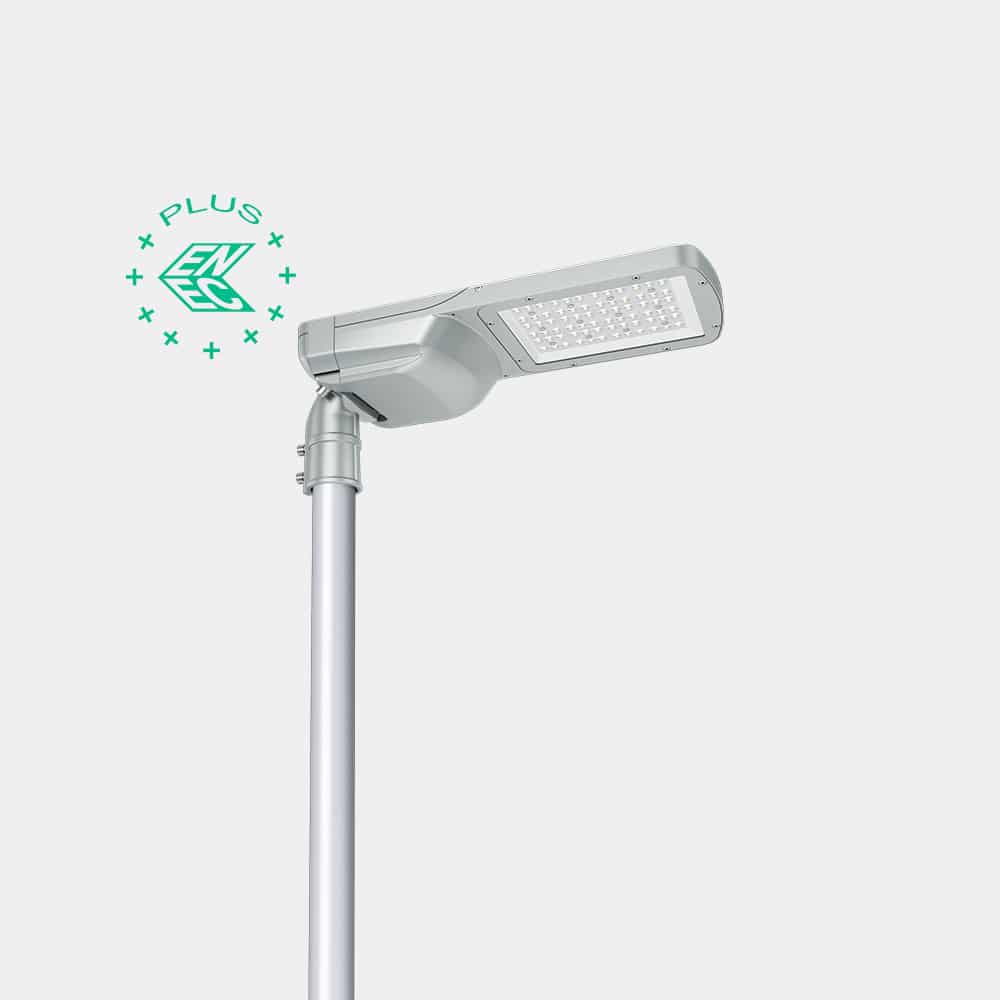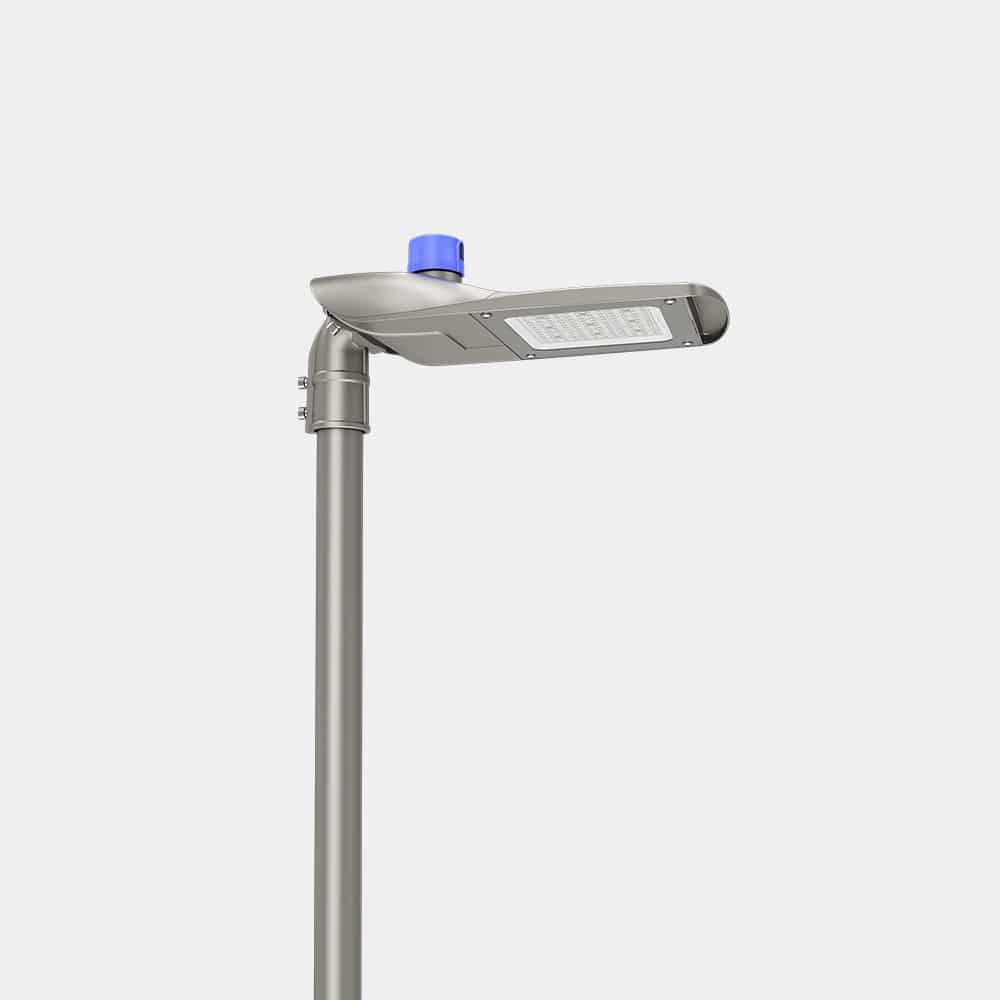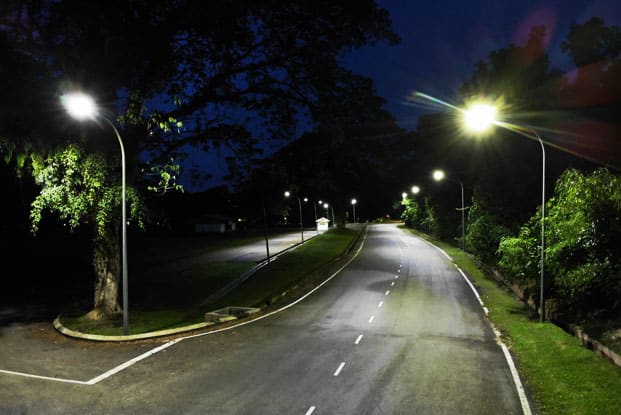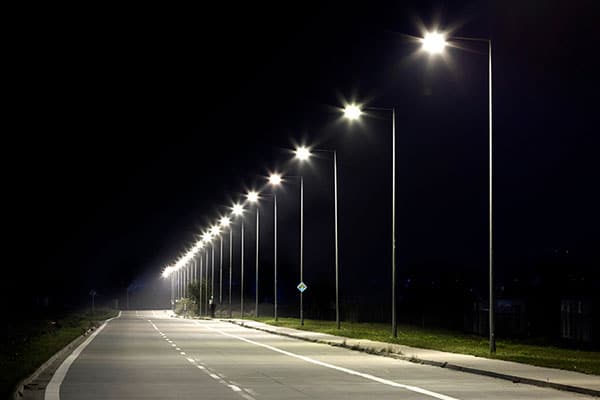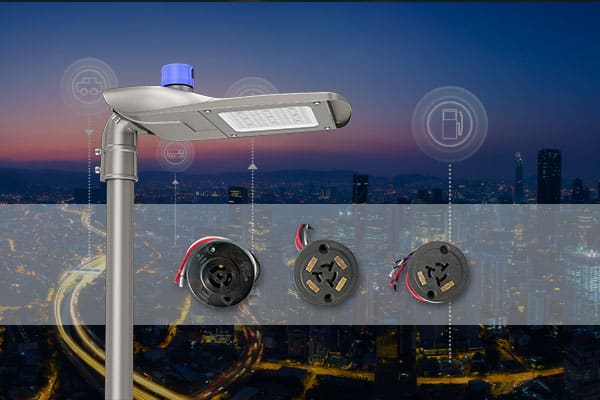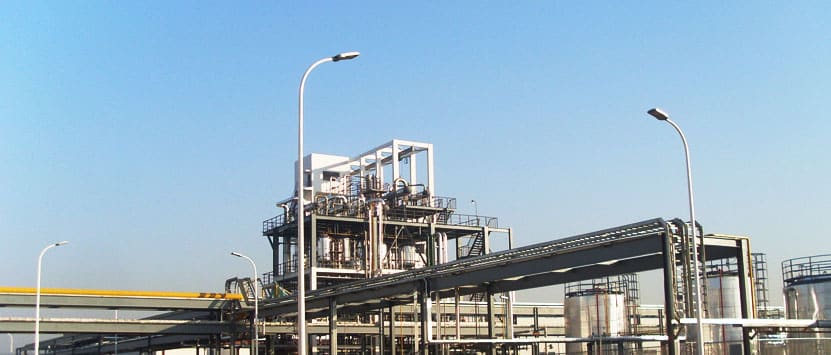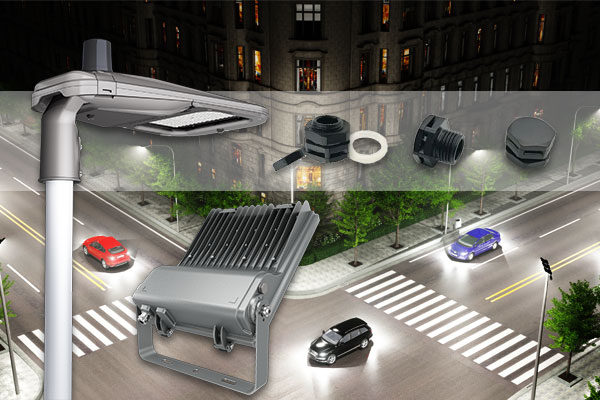
LED street lighting for city road in Saudi Arabia
The LED street lighting project in Arabia uses a Series H modular design of LED street lamps to replace traditional high pressure sodium lamps. LED lighting features high energy efficiency and low energy consumption, with long life and stability. Does not contain mercury and other harmful substances, will not produce light pollution and heat pollution, small impact on the environment. The high color index can also be achieved only by control. LED lighting has been more and more welcomed and promoted by people, becoming the future lighting market mainstream trend.
Products Used
Video
Client Feedback In This Project

The Problem
- The original road lighting used conventional high pressure sodium lamps, which took a long time to start up and required preheating.
- High pressure sodium lamp yellow light, no white light, dim visual effect.
- High pressure sodium lamp has a low color rendering index and cannot clearly reflect the true color of the object being illuminated.
- The low power factor of high voltage sodium lamp ballast requires increased compensation to meet the national minimum requirements
- Compared with LED street lighting, high pressure sodium lamps have a short service life and consume electricity.
The Solutions
LED street lighting instead of traditional high-pressure sodium lighting is the best lighting choice at present. Facing wide types of street lights, the customer chose the H series modular design of LED street lamps to replace the 250W-300W high-pressure sodium lamp, which solves the traffic hazard caused by dim lighting and ensures people’s travel safety. The modular design of the lamps has ultra-high heat dissipation performance, which is very suitable for the local ambient temperature. LED lighting instead of high pressure sodium lamps can save energy, and cost, improve brightness and uniformity, effectively reduce light pollution, and provide more options for lighting in modern buildings.
project Details
| Product | Quantity | CCT /Optics | Quantity |
| 120W led street lighting | ZGSM-LD120H4 | 5700K, 2M | 298pcs |
| 150W led street lighting | ZGSM-LD150H5 | 5700K, 2M | 152pcs |

The Result
This led street lighting retrofitting projects using 70% less energy than high pressure sodium lamps, saving customers a significant amount of money on their electricity bills. The long service life can last for many years without replacement. Up to now, the lamps still do not have any damage and are in good condition to continue working. The client was very pleased with the LED street light price and satisfied with the streetlight renovation project, which gave the whole lighting area a new look and a fresh feeling. In addition, customers are very interested in ZGSM’s solar street lights, and they also plan to buy a batch of lamps to contribute to further reducing carbon emissions.
ZGSM offers comprehensive lighting solutions
For various scenarios including street lighting, urban lighting, highway lighting, parking lot lighting, stadium lighting, sports lighting, factory lighting, warehouse lighting, gas station lighting, and tunnel lighting. Our solutions are designed to provide efficient and reliable illumination, enhancing safety and visibility in these environments.
Related Products
Frequently Asked Questions
We know you might have more questions, so here’s a list of the questions we get asked the most about LED street lighting.
Related Projects
Related Blogs
Contact Us Right Now!
*Your privacy is respected, and all information is secure.




